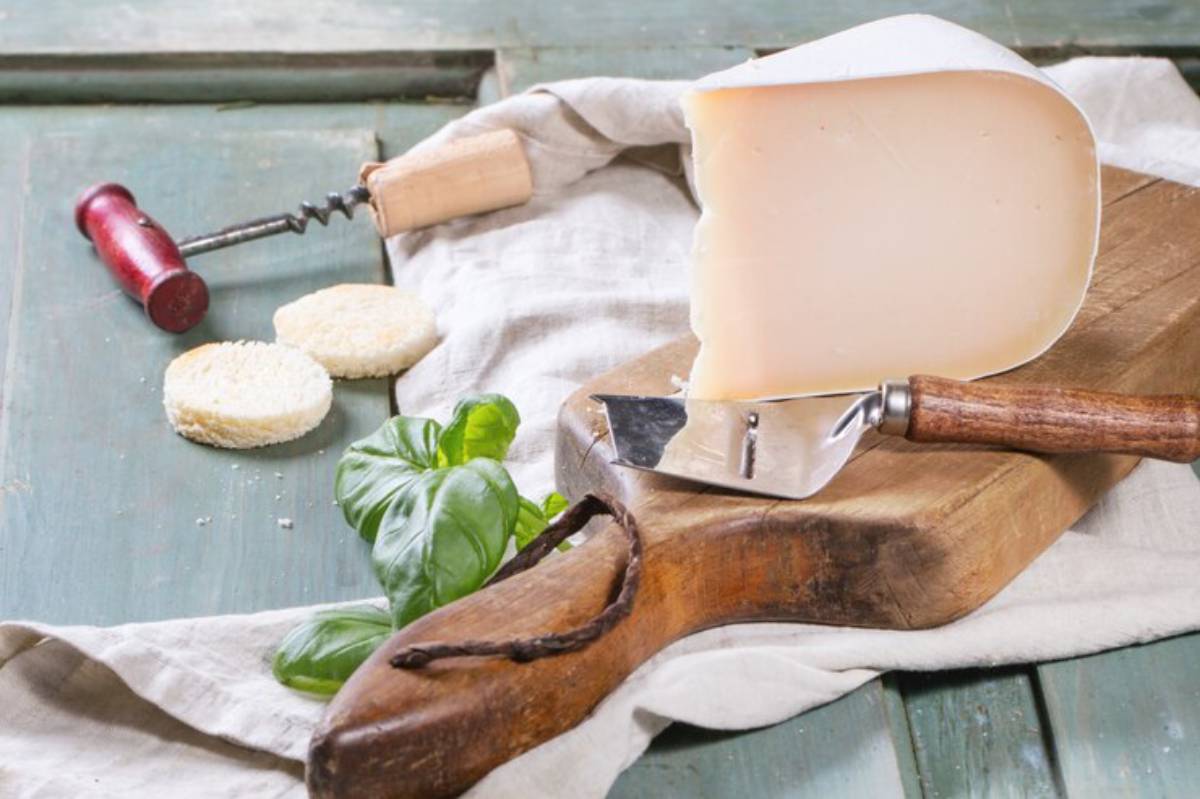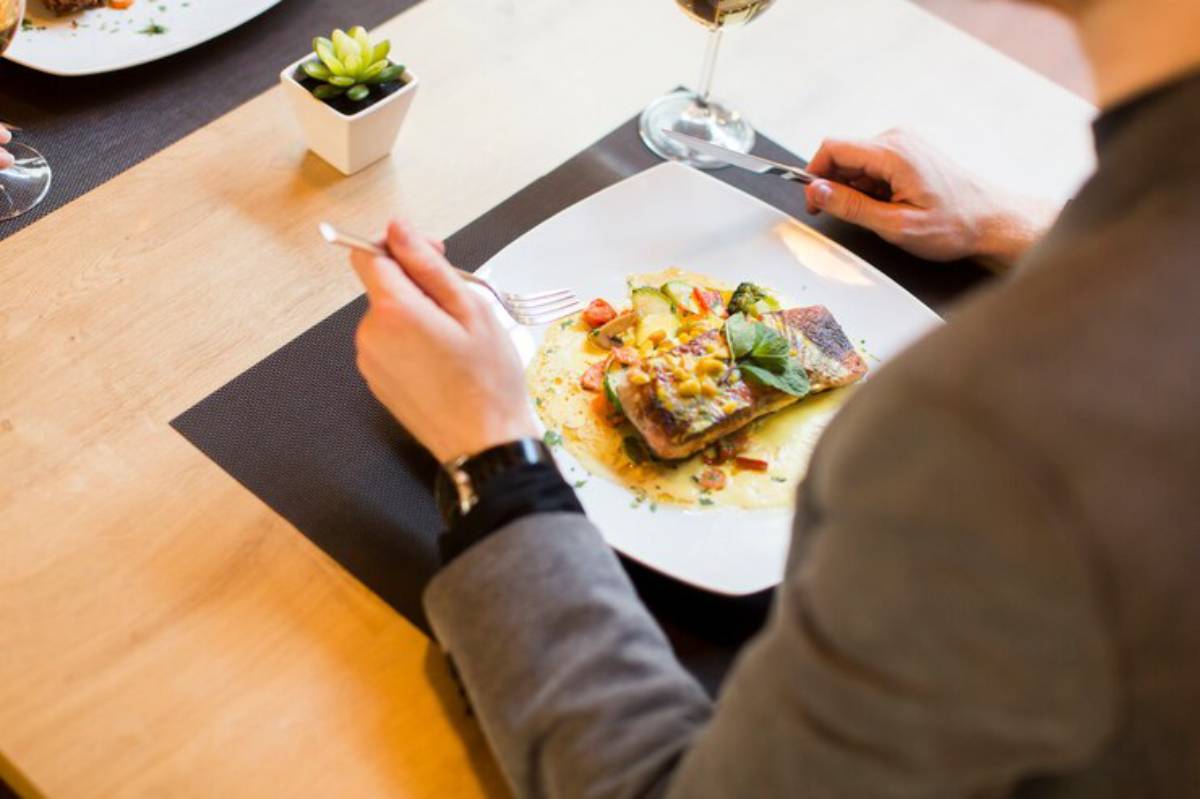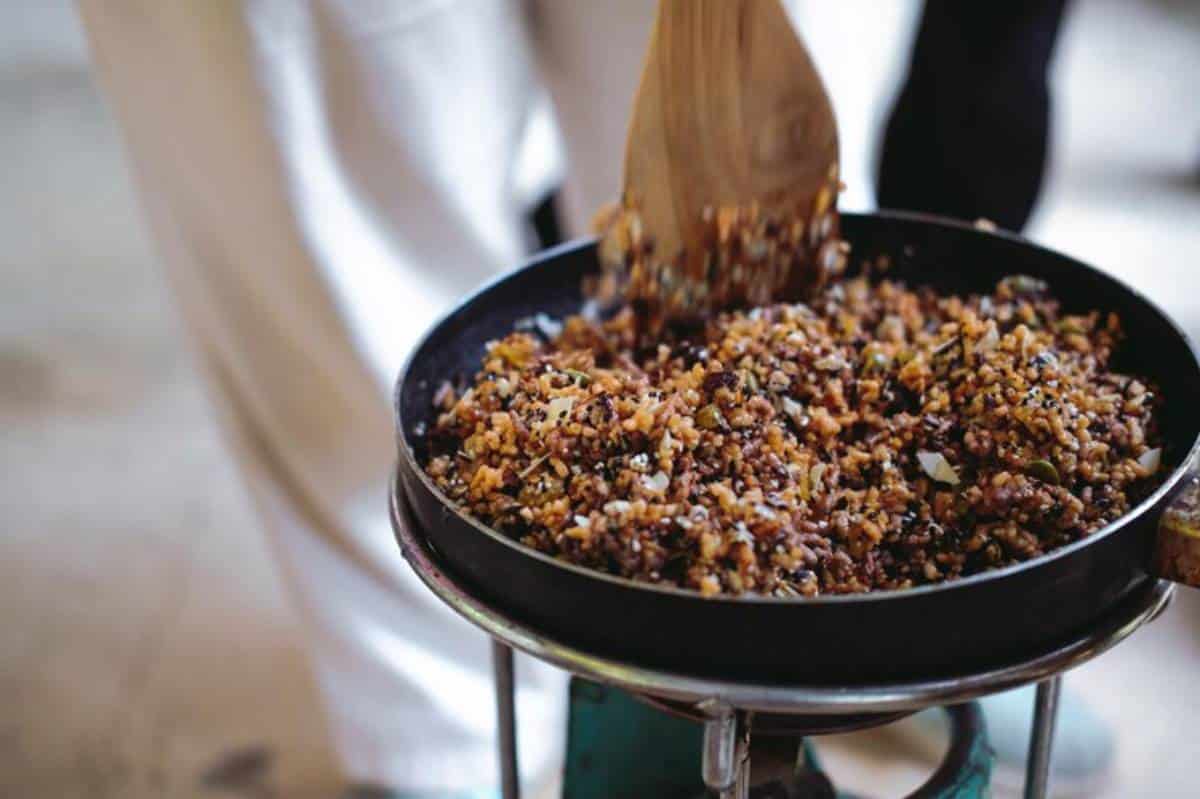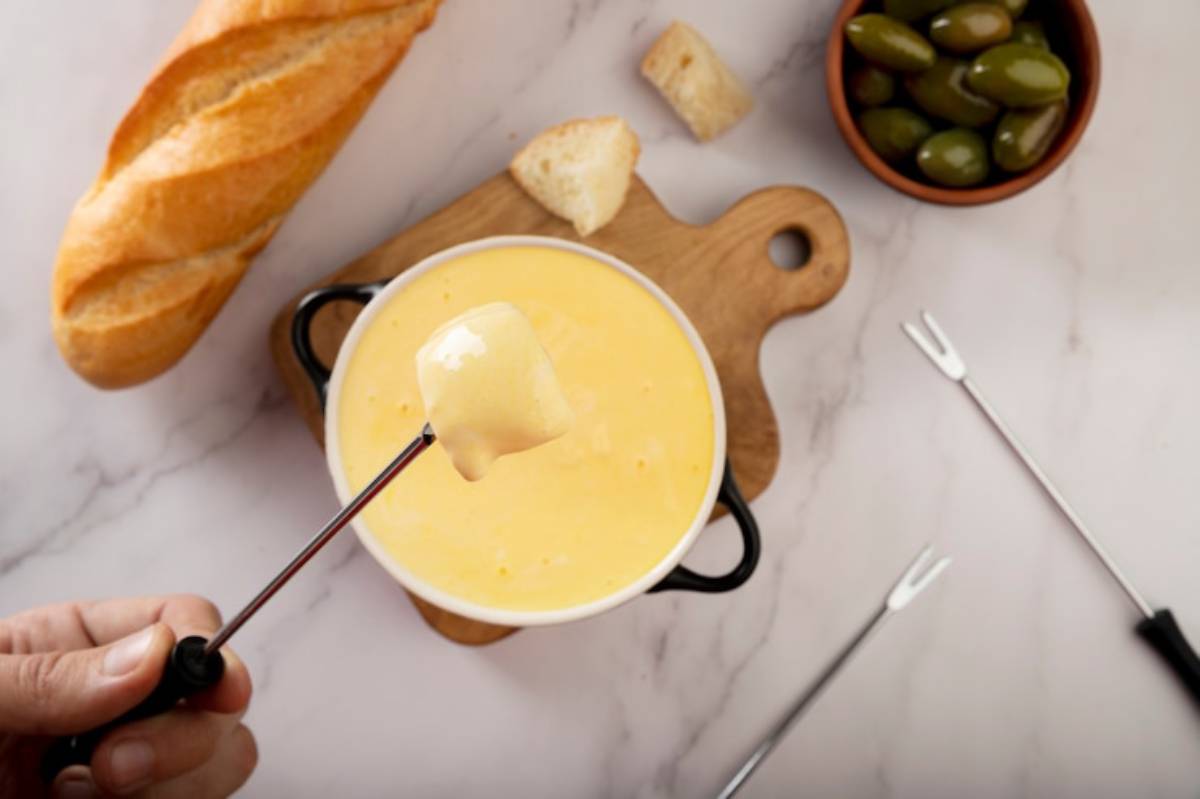
Making Your Own Béarnaise & Hollandaise
Sauce That Speaks Sophistication
Few things whisper “gourmet” quite like a perfectly glossy spoonful of hollandaise or béarnaise sauce. They’re the finishing touches that turn Eggs Benedict into a brunch legend or elevate a simply grilled steak into a fine-dining plate.
But here’s the thing — you don’t need a culinary diploma to make these sauces from scratch. Yes, they’ve earned a reputation for being temperamental, but with a little care and understanding, you can master both with ease. And once you do, you’ll find yourself reaching for this gourmet sauce base again and again.
This post will walk you through the basics of making hollandaise and béarnaise, explore the science of emulsification, share pairing tips, and help you avoid common pitfalls. Whether you’re perfecting a dinner party menu or levelling up your weekend brunch game, these sauces are your golden ticket.
Why These Two Sauces Matter in Gourmet Cooking
The Heart of French Sauce Culture
Hollandaise and béarnaise are part of the “mother sauces” canon — a foundational set of classic French sauces from which countless others derive.
- Hollandaise: A warm emulsion of egg yolks, clarified butter, and lemon juice
- Béarnaise: A derivative of hollandaise with a shallot, tarragon, and vinegar reduction for depth
Both are velvety, rich, and versatile. They balance fat with acidity, making them ideal companions for everything from asparagus to sirloin.
Emulsified Elegance
These sauces work by emulsifying fat (butter) into water-based components (lemon juice or vinegar reduction) using egg yolks as the stabiliser. It’s delicate, yes — but once you get the hang of it, it’s one of the most satisfying culinary techniques to master.
Getting to Know Hollandaise
Classic Profile
- Texture: Silky, thick, pourable
- Flavour: Buttery, slightly tangy, rich
- Pairings: Poached eggs, steamed vegetables, seafood, breakfast classics
Key Ingredients
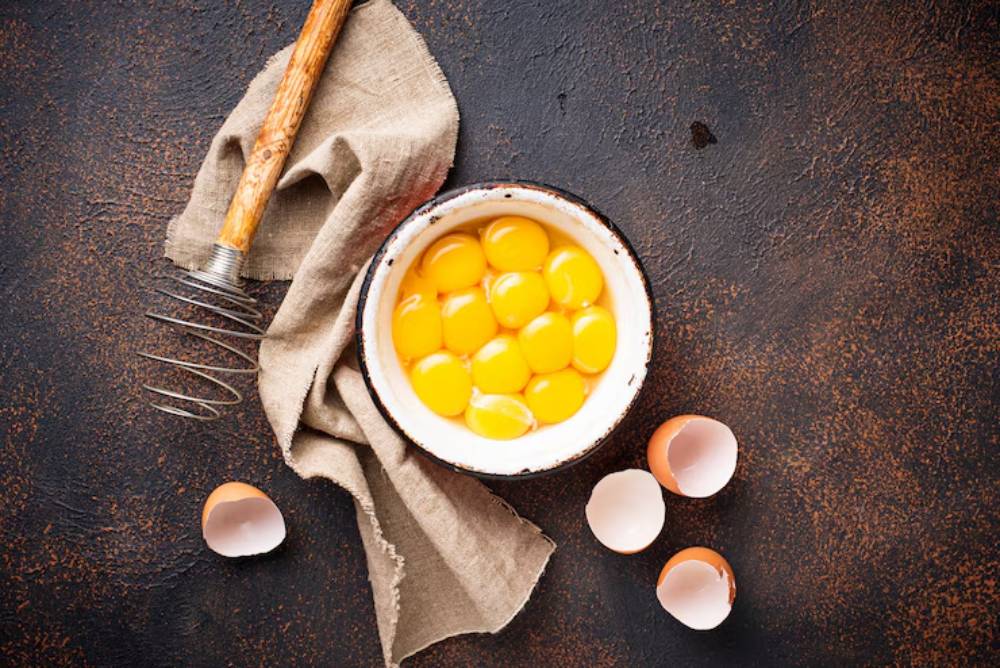
- Egg yolks: Emulsifier and body
- Clarified butter: Fat and flavour
- Lemon juice: Acidity to balance richness
- Salt & white pepper: Subtle seasoning
Some variations add cayenne or a touch of Dijon mustard for brightness, but the base is beautifully simple.
The Personality of Béarnaise
Distinctive Touches
Béarnaise begins with a reduction of white wine vinegar, shallots, and tarragon, which is then emulsified with egg yolks and butter, just like hollandaise.
- Texture: Similar to hollandaise, with soft shallot pieces
- Flavour: Herbal, tangy, aromatic
- Pairings: Grilled steak, lamb, seared tuna, roasted mushrooms
If hollandaise is elegant and understated, béarnaise is its bolder, more complex sibling — ideal for red meats or heartier dishes.
Emulsification Demystified
What’s Happening in the Bowl?
Emulsification is the process of forcing two immiscible liquids — fat and water — to blend. Egg yolks contain lecithin, a natural emulsifier that allows melted butter to bond with acidic liquid, creating a stable sauce.
Key points:
- Warmth is crucial: Too cool and the butter won’t blend; too hot and the yolks will scramble
- Slow addition: Butter must be whisked in slowly, especially at the beginning
- Constant whisking: Keeps the emulsion stable and incorporates air
Once you get a feel for it, it’s almost meditative.
Beyond the Classic: Variations to Explore
Hollandaise Variants
- Mousseline sauce: Hollandaise with whipped cream folded in
- Maltaise sauce: Orange-infused hollandaise (great with vegetables)
- Noisette hollandaise: Made with brown butter for a nutty depth
Béarnaise Variants
- Foyot sauce: Béarnaise with meat glaze
- Choron sauce: Béarnaise with tomato purée
- Paloise sauce: Mint replaces tarragon (great with lamb)
These variations open the door to playful reinterpretation while staying grounded in classic technique.
Pairing Béarnaise and Hollandaise: Food Inspiration
Let’s make it practical. Here’s how these sauces can elevate everyday ingredients.
Best Dishes for Hollandaise
- Eggs Benedict: The gold standard
- Steamed asparagus or tenderstem broccoli
- Pan-seared salmon or trout
- Crab cakes or poached seafood
- Roasted baby potatoes with smoked paprika
Its buttery richness works well with subtle flavours, where the sauce does the heavy lifting.
Best Dishes for Béarnaise
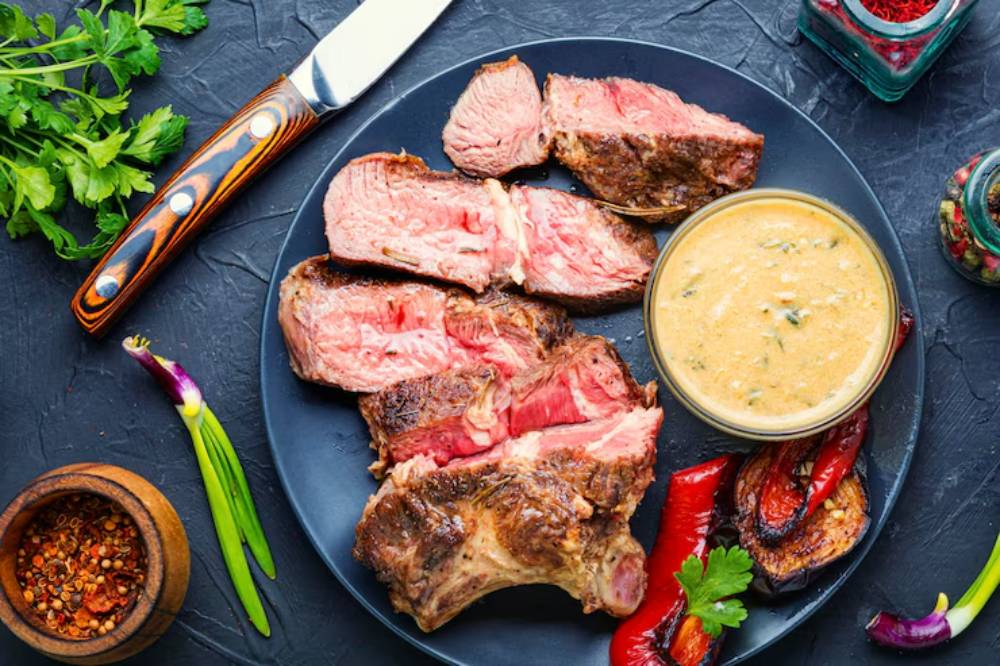
- Grilled ribeye or filet mignon
- Lamb chops with rosemary salt
- Duck breast with wine-glazed carrots
- Portobello mushrooms or seared tofu
- Root vegetable gratins
Its vinegar and tarragon base cuts through fattier proteins and adds depth to roasted or charred elements.
For a completely elevated plate, consider using a sauce reduction technique alongside either hollandaise or béarnaise — like pairing a tarragon béarnaise with a red wine jus. Learn more in our reduction guide for gourmet sauces.
Troubleshooting: When Things Go Sideways
Making emulsified sauces can be intimidating at first, but most problems are fixable.
| Problem | Likely Cause | Fix |
| Sauce too thin | Not enough butter or under-whisked | Return to heat, whisk in more butter |
| Sauce split | Added butter too fast or heat too high | Start over or whisk in a spoonful of warm water |
| Scrambled yolks | Overheated mixture | Start again, whisk constantly over gentler heat |
| Grainy texture | Butter not clarified | Use clarified butter or strain the sauce gently |
Patience is everything. Make sure all ingredients are warm, and take your time whisking.
Making Béarnaise & Hollandaise Ahead of Time
Fresh is best — but with care, you can make these sauces ahead.
Storing
- Keep warm: Hold over a warm (not hot) bain-marie for up to 1 hour
- Refrigerate: For up to 1 day in a sealed container
- Reheat: Gently over a bain-marie while whisking, or add a splash of warm water and re-emulsify
Never microwave — it will likely split the emulsion.
Kitchen Tools That Make a Difference
You don’t need fancy gear, but a few essentials can improve consistency:
- Balloon whisk: For maximum air incorporation
- Bain-marie or double boiler: Gentle, even heat
- Stainless steel bowl: Transfers heat efficiently
- Fine mesh strainer: For silky final textures
- Ladle or squeeze bottle: For precise plating
Once your sauce is ready, pair it with a beautifully plated dish. If you’ve been working with flavour-infused pasta dough, a hollandaise can add contrast to the colour and reinforce delicate flavour notes.
Real-Life Success From Home Cooks
“I used to be terrified of hollandaise. But once I realised it was just about slow whisking and warm butter, it became my Sunday brunch staple.” – Ellie, Kent
“Béarnaise on steak? Yes. But have you tried it with roasted aubergine and couscous? Total flavour bomb.” – Raj, Birmingham
“My tip? Use a thermos to hold hollandaise if you’re prepping for a group. It keeps warm and doesn’t split.” – Zoe, Brighton
Once you’ve got your rhythm, these sauces become second nature — the kind of skill that instantly upgrades your food without fuss.
Conclusion: Master the Classics, Cook With Confidence
Béarnaise and hollandaise may sound intimidating, but at their heart, they’re just emulsions — a balance of fat, acid, and care. Once you learn to whisk slowly, watch the heat, and season thoughtfully, you’ll have two of the most elegant sauces in your culinary toolkit.
Use hollandaise to bring brightness and warmth to brunches or light seafood dishes. Lean on béarnaise when you want herbal richness and a more assertive punch. Either way, you’re layering sophistication into your cooking without needing an elaborate pantry.
So, the next time you’ve got eggs, butter, and ten minutes, try making your own sauce. And watch how quickly your kitchen feels like a French bistro.
